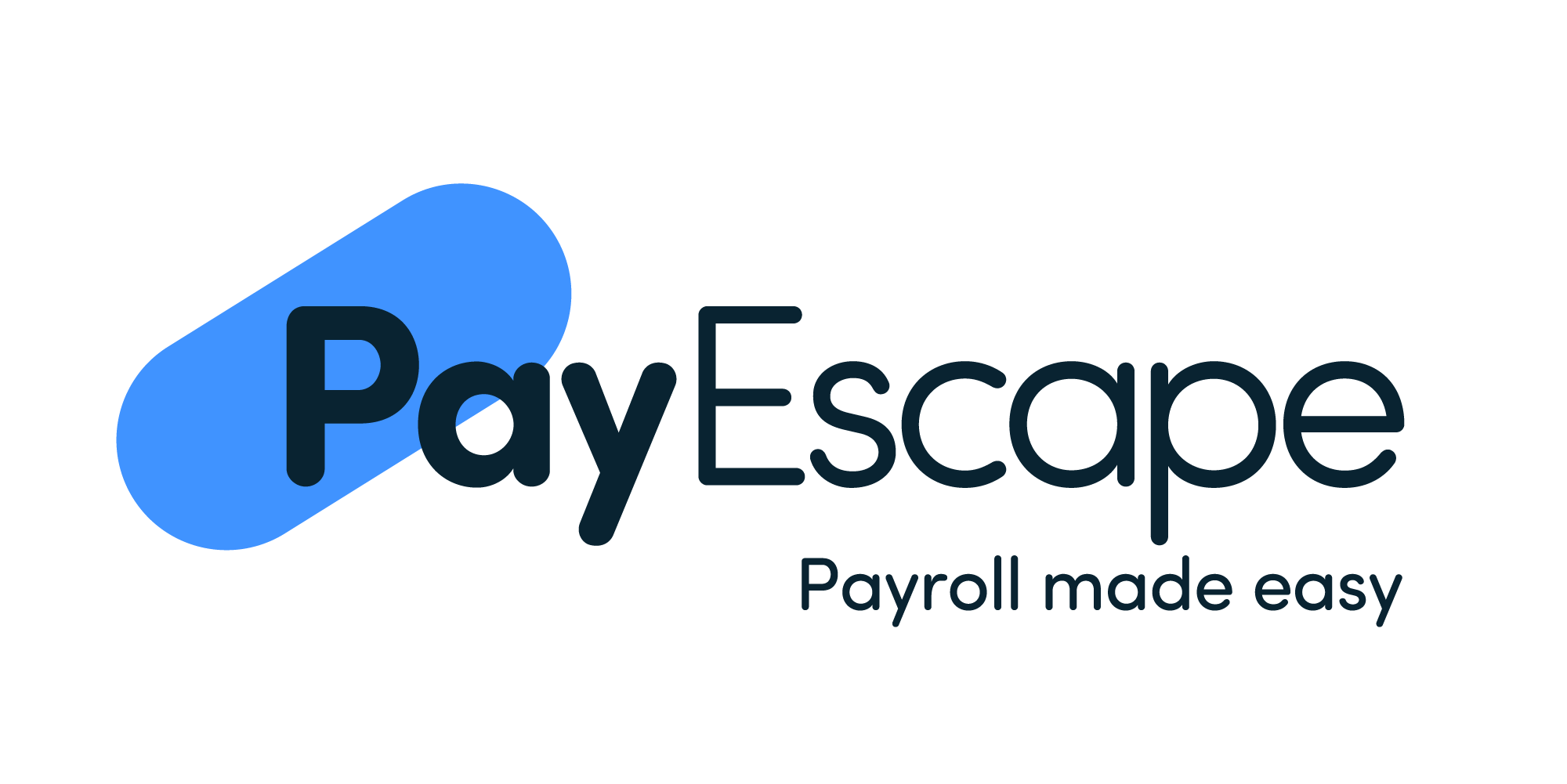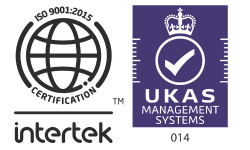What Is Preboarding?
Preboarding is the period that begins after a new hire has accepted the job offer and ends when they step into the office (physically or virtually) on their first day. This period is crucial as it sets the tone for the new hire’s journey with the company.

What you do, or fail to do during this time can significantly impact productivity, employee experience, business risks (such as contract agreements), and retention.
Unfortunately, despite its importance, 64% of new hires report receiving no pre boarding experience at all. This statistic highlights how much companies could improve by incorporating preboarding into their onboarding strategies. A well-structured preboarding phase helps streamline the overall onboarding process, offering numerous advantages.
Preboarding vs. Onboarding
While preboarding is a vital part of the overall onboarding process, it differs from the full onboarding phase.
Preboarding
This period occurs before the new hire’s first day and focuses on preparing them for their role. Activities include completing necessary paperwork, reading policy manuals, setting up email accounts, and providing access to training resources. Preboarding offers a lighter touch compared to full onboarding, helping the new hire ease into the company culture.
Onboarding
Onboarding typically lasts 90 days but can extend up to a year, depending on the complexity of the role. During this phase, the new hire is fully integrated into the organisation, including introductions to colleagues, understanding role expectations, and developing long-term goals.
In essence, preboarding is the first part of onboarding, setting the stage for the more detailed processes that follow.
What To Include In Your Pre Boarding Process

The pre boarding process is more than just filling out paperwork; it’s about preparing the new hire for their role, team, and the company culture. Here’s what you should consider including in the pre boarding process to ensure it is as effective as possible:
1. Pre Boarding Checklist
Create a checklist for new hires outlining what they can expect and what they need to complete before their first day. This could include:
- Completing necessary documents (e.g., tax forms, non-disclosure agreements)
- Setting up login credentials for company systems and software
- Reviewing the employee handbook or code of conduct
- Watching introductory videos about the company and team
This checklist helps new hires feel more organised and prepared for the first day.
2. Welcome Pack or Information
Sending out a welcome pack that includes both practical and cultural information is a great way to make a new hire feel special and informed before starting. This could include:
- An employee handbook
- Company merch (t-shirt, mug, notebook, etc.)
- A personalised welcome letter from their direct manager or team
- Access to introductory content, such as videos or FAQs about the company’s history, mission, and values
By providing this information early, you foster a sense of belonging and excitement before the new hire even steps foot into the office.
3. IT and Equipment Setup
Prepare all necessary equipment and IT resources in advance to prevent delays on the first day. This can include:
- Ordering and shipping any hardware (laptop, phone, etc.)
- Setting up company email, communication tools, and calendar access
- Providing access to internal systems and software (e.g., project management tools, HR platforms) Ensuring that security protocols (such as passwords and access codes) are ready and clear
Making sure new hires have everything they need will help them hit the ground running without tech hiccups on day one.
4. Introductions and Team Communication
Introducing new hires to their team before they start helps them feel more connected. Consider:
- Sending an email introducing the new hire to their colleagues with a brief background about them
- Including a picture and some fun facts about the new hire so team members can get to know them better
- Setting up a team meeting or virtual coffee session to allow for informal introductions before the start date
This approach breaks the ice and ensures new employees feel like part of the team from day one.
5. Organise Orientation and First Week Agenda
Provide new hires with an agenda that outlines their first week’s schedule. This can include:
- An overview of the company’s structure, mission, and goals
- Details of the first-day orientation and training sessions
- Meetings with key stakeholders or team members
- Time for familiarising themselves with the company’s tools and resources
- Providing clarity on what to expect during the first week helps reduce anxiety and increases the new hire’s confidence.
6. Employee Benefits and Perks Overview
Ensure new hires are informed about the benefits and perks available to them. This might include:
- Health insurance options
- Retirement or pension plans
- Employee wellness programs
- Discounts, free meals, or other company perks
Having this information ahead of time gives new hires a sense of security and excitement about their role with the company, particularly if the benefits are unique or highly valued.
7. Clarify First-Day Expectations
Set expectations about the first day to prevent confusion or stress. This might include:
- Who to report to on the first day
- The start time and location (including parking details if necessary)
- A dress code or suggestions for attire
- Where they should go upon arrival
Clarifying these expectations ensures the first day runs smoothly and helps the new hire feel more at ease.
8. Create a Sense of Inclusion
Make new hires feel included and welcomed into the company’s culture before they even start. This could involve:
- Inviting them to join internal communication channels (Slack, Teams, etc.) or a pre boarding group
- Including them in social events or casual meetings happening before they start (like a virtual happy hour or coffee chat)
- Sharing content related to company culture, values, and internal initiatives
Fostering inclusion during preboarding helps reinforce that the company values diversity and community, which is essential for long-term employee satisfaction.
Key Benefits of Preboarding
1.Boosts Employee Engagement
Preboarding helps establish a connection with the company long before the first day. By engaging with new hires early, whether through emails, welcome calls, or the sharing of company culture resources, you set a positive tone that encourages employees to feel more engaged.
When employees understand the company’s mission and values from the outset, they are more likely to align themselves with those values and feel a deeper connection to the work they’ll be doing.
2. Reduces Anxiety and Stress
Starting a new job can be a stressful experience. There’s a lot of uncertainty about what the new work environment will be like, how well they’ll fit in with the team, and whether they’ll be able to meet expectations.
By sharing the details of their first day, sending out key documents, and offering an introduction to company culture, you give new employees a sense of stability and clarity, which can reduce feelings of nervousness and help them focus on their role when they start.
3. Improves Retention Rates
One of the most significant benefits of preboarding is its potential to improve employee retention. Research shows that a positive onboarding experience, which starts with effective preboarding, is linked to a higher rate of employee retention.
Employees who feel welcomed, well-prepared, and valued early in their journey with a company are less likely to leave within the first few months. According to studies, 20% of employee turnover happens within the first 45 days, and preboarding can significantly reduce this by ensuring new hires feel integrated, supported, and confident from the start.
4. Increases Productivity
When employees are properly pre boarded, they arrive on their first day feeling organised and ready to dive into their work. By addressing administrative tasks, setting up necessary tools, and offering orientation materials ahead of time, new hires can avoid wasting time during the first few days of onboarding.
This efficiency means they spend less time dealing with logistics and more time focusing on their responsibilities.
5. Fosters a Strong Employer Brand
A well-executed preboarding experience shows that your company values its employees and is committed to their success. It sets a positive tone for the employee’s experience and strengthens the company’s employer brand.
It demonstrates to new hires that you care about their experience and long-term success, enhancing the company’s reputation as a desirable place to work.
6. Enhances the Onboarding Process
Preboarding sets the stage for a seamless transition into the formal onboarding process. By handling tasks like completing paperwork, setting up systems, sorting out new employee payroll and reviewing policies during the preboarding phase, you allow more time during the onboarding phase to focus on deeper integration into the company culture, team-building, and role-specific training.
Conclusion
Preboarding is an integral component of the overall employee onboarding process. While it might seem like a small part of the larger puzzle, its impact on employee engagement, retention, and productivity is significant. By preparing new hires ahead of their first day, you set them up for success, reduce anxiety, and help them feel more connected to your organisation.
When done right, preboarding can not only make your new hires feel valued but also increase their likelihood of staying with the company long-term, all while enhancing their productivity and performance from day one.















